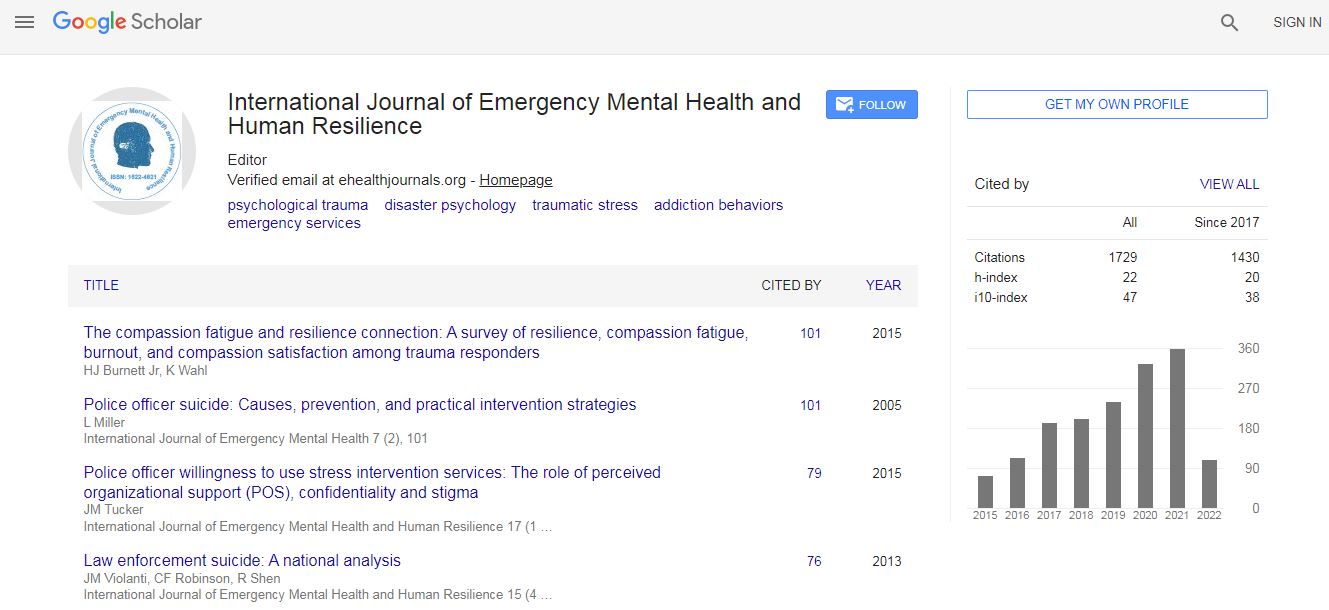Cognitive behavioral therapy: A complete guide to understanding and practicing CBT
*Corresponding Author: Yaelim Lee, Department of Mental Health, Catholic University of Korea, Republic of Korea, Email: ylcareer@gmail.comReceived Date: Jun 25, 2024 / Accepted Date: Jun 25, 2024 / Published Date: Jul 24, 2024
Copyright: © 2024 . This is an open-access article distributed under the terms of the Creative Commons Attribution License, which permits unrestricted use, distribution, and reproduction in any medium, provided the original author and source are credited.
Abstract
Cognitive Behavioral Therapy (CBT) is a widely recognized and evidence-based therapeutic approach that focuses on identifying and modifying dysfunctional thought patterns and behaviors. Rooted in the cognitive-behavioral model, CBT posits that our thoughts, feelings, and behaviors are interconnected, and that changing maladaptive thinking can lead to improved emotional and behavioral outcomes. This therapy involves a collaborative process between therapist and client, employing techniques such as cognitive restructuring, behavioral activation, and exposure therapy. Research has demonstrated CBT’s effectiveness in treating a range of psychological conditions, including depression, anxiety disorders, and PTSD. By equipping individuals with practical tools to manage their symptoms and develop healthier coping strategies, CBT empowers clients to achieve lasting change and enhance their overall well-being.

 Spanish
Spanish  Chinese
Chinese  Russian
Russian  German
German  French
French  Japanese
Japanese  Portuguese
Portuguese  Hindi
Hindi 